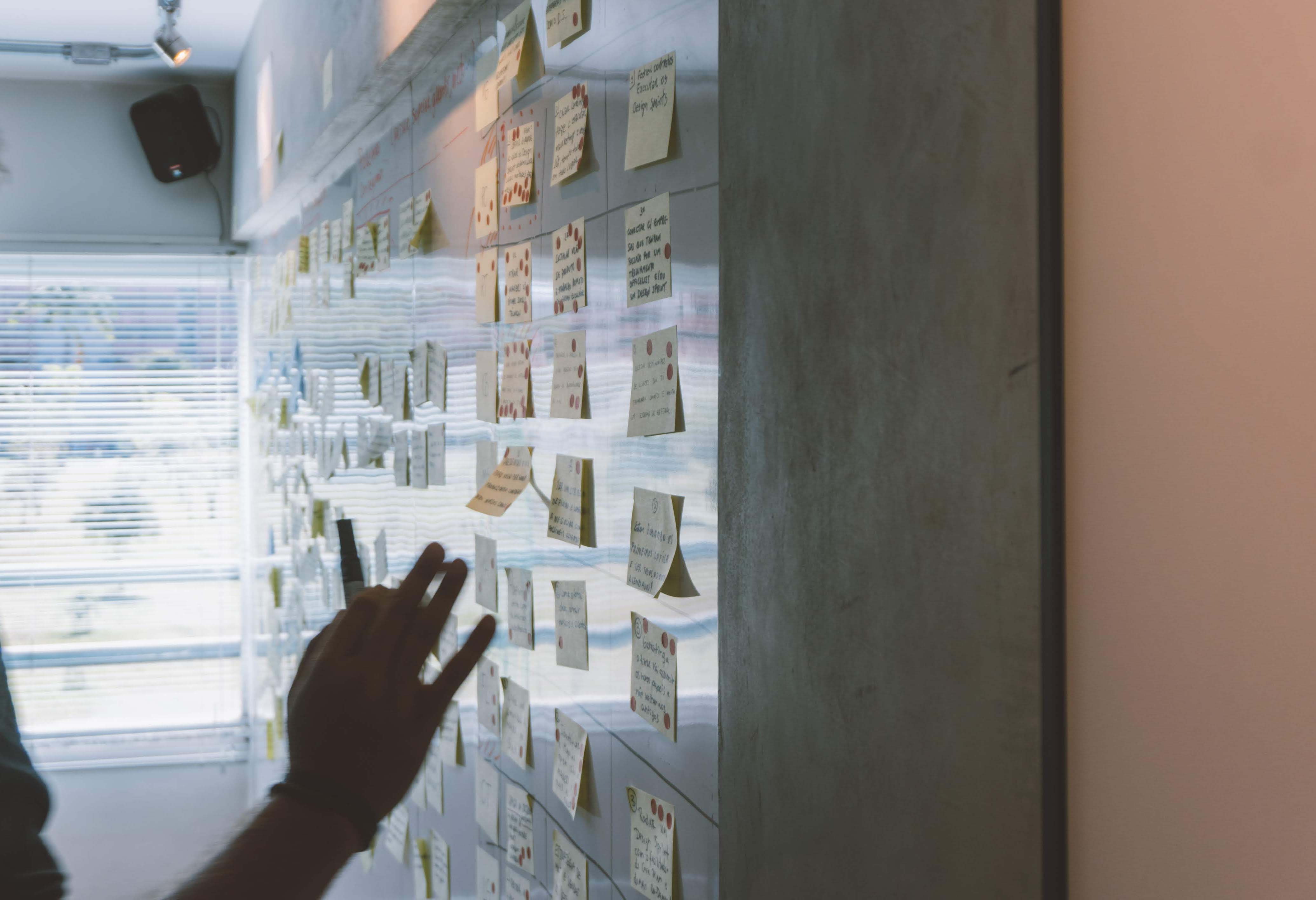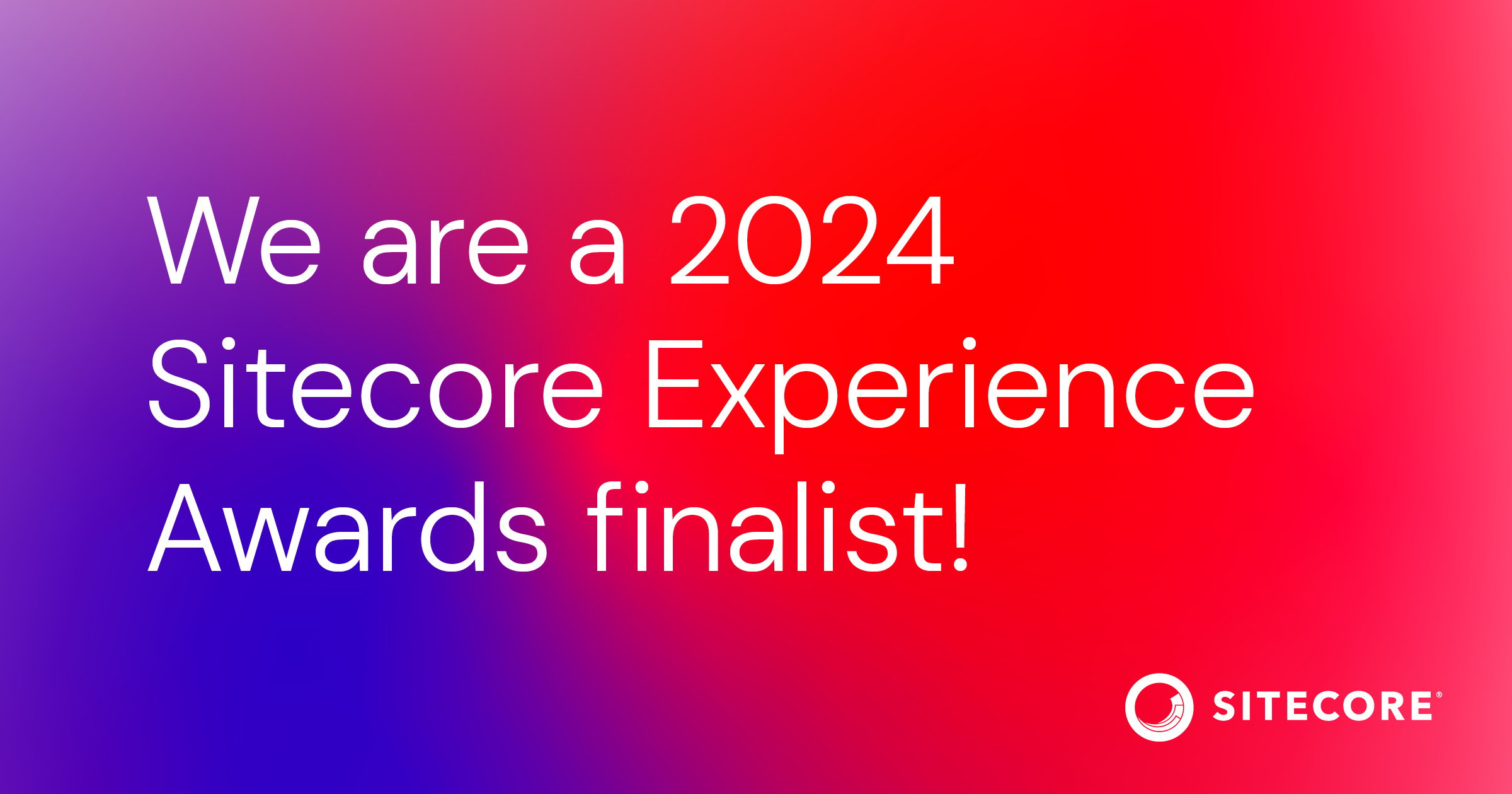Triggerfish recently welcomed Aaron Collyer as Triggerfish's Experience Director, and the newest member to our growing team. I sat down with Aaron to talk a little about himself and what he's hoping to achieve in his new role.
To round out his first month at Triggerfish, Aaron will be hosting a webinar titled How to Optimise your Sitecore Investment on Thursday, 4 June at 11.30am (AEST).
Tell us about your professional background
My last two roles were Head of Digital Creative at University of Western Australia, and Experience Design Lead at Water Corporation – both of which were my first client-side roles in my career. My focus was building up the teams, either design teams or delivery teams and improving the customer experience.
In these roles, the business would tell me what they're looking to do, but then a lot of the customer issues would be ignored. In my role, I was able to bring that customer aspect to the tables of IT and the marketing teams and other teams, and help them to understand and get on board with more of a customer-centric approach. Through that process, I was able to get those teams talking to each other and we were able to take a strategy right through to execution and get better outcomes as a result.
Before UWA and Water Corporation, I was in advertising. So, you could say I have always worked within a digital team throughout my career. My roles have been Creative Technologist, Technical Director, and Front-End Developer at one point.
Because I had both technical and marketing skills and understanding, often creative teams would come up with crazy ideas that couldn’t really work, but I was able to work with them and find solutions that were executable. Most aspects of my previous roles were in the digital space, but I have also spent time integrating tv, radio, and digital as well.
So the theme around strategy to execution has been a big part of your professional career for some time now?
Yeah it has been. In my first few roles, I started off in delivery, but then moved more into the strategy space. Because I came from a design background and then became a developer, I have a good understanding of how most things work together. With that knowledge, I’m able to translate technical requirements to designers, and also sell a design into a technical team. The most important part of that process I see is ensuring that the strategy is always being adhered to.
Outside of work, how do you spend your time?
I'm trying to play golf more. It's always been something I wanted to do more often, but my wife has just finished a four-year long medicine degree so my time outside of work was very kid-focused - giving her time to study. So now that she's working again and we have a bit more of a routine, my life can go back to normal and hopefully that means I can spend some more time playing.
She helped get one of my sons into it as well, so at least I can go and have a hit with him and it's treated as training and coaching for him. With two boys, Xavier's eight and Archer's six, I’m very well occupied. Outside of that, I could watch sport 24/7.
What drives you, personally and/or professionally?
Really everything for me is about continuous improvement. It drives my family crazy. I've optimised the way we do our food shopping. I'm always looking at how the boys are doing their homework. There's always a better way to do something. There's always a way to make things easier or faster, and things that you can make repeatable. So that's always happening at home.
This obviously flows on to my professional life as well. I'm able to visualise things quite quickly. If you can explain to me how things work, I can get a picture of that in my head and then inherently think of ways to improve. I will say, in these first couple of weeks it's been good to be around people that follow that sort of process as well. So if I can keep hanging around people that want to keep making those changes, I think it's a good mix.
Why did you choose Triggerfish?
I was a client of Triggerfish first, back when I worked at the University of Western Australia. Reflecting back on that, I remember one of my first conversations with Anthony was simply explaining what we were trying to do at UWA, what my issues were, and where I was trying to get to. That was the first time I've been able to have that kind of conversation with a partner, and they understood what I was trying to do, rather than cherry pick some of the bits that they liked and wanted to deliver. I felt like there was a good understanding of, "No, this is possible. Let's plan it out and figure it out." So that was a good first meeting.
Then, obviously having the opportunity to work together and getting to see under the hood how the team operates and the processes that Triggerfish follow definitely resonated with me. It was an attractive offer.
What do you hope to achieve in your seat?
Firstly, really getting to know the clients and what they're trying to achieve so that I can help them realise what's possible in that space.
From my experience, one of the biggest challenges is getting people to actually focus on and work on the right problems to solve. For me, once I understand what the real problem is that we're trying to solve, I can fill that gap and start mapping things out and start explaining it back to the production and delivery teams on how to execute on that.
Ultimately, if I can take some insight from the clients, and be able to articulate that to the team so then they can deliver fast, then that's what I'm hoping to get out of it.
What market opportunities do you see?
I think a lot of clients and a lot of agencies working in digital products have good intentions in trying to fix some of these problems, but often the original idea ends up getting very much watered down by the time it gets delivered.
I think there's still a lot of opportunity in the design-thinking approach of figuring out what that problem is, making sure the customer is at its core, and delivering value. Then, making sure you see it all the way through without getting distracted. If we can push everything else aside and actually start delivering on the priorities, then clients will get a lot more business and commercial value as a result.
Obviously, with COVID-19, there's a lot of people at home, and they're thinking very differently about how they would like to work and how they should be utilising different tools and processes. I think we're in a good place at Triggerfish with good experience in helping our customers collaborate.
So, I think we're in a good position to be able to help other teams understand that and see them actually make process improvements on their side as well.
You've had over a week of involvement with the team. Any comments around what you've got yourself into?
The biggest standout has been the culture. I've only been able to see it in chat and in video calls and other bits and pieces, but I mentioned to Ant after the first few days of being activated on Teams, that I was getting so much interaction from the very beginning, and from the whole team.
I’ve also quickly seen the depth of skill, how things are being executed and the quality of work that's being done – it’s off to a good start from my perspective.
Register for our webinar: Personalisation, Marketing Automation & Email on Sitecore in 90 days
To round out his first month at Triggerfish, Aaron will be hosting a webinar on Thursday, 4 June at 11.30am. Attend you'll learn:
- How to address common blockers that both marketers and technologists face
- How to stabilise, strengthen, and elevate your investment in 3 months
- How to adopt an agile marketing mindset across people, process & technology
- How prioritising short-term goals will achieve long term speed & success
We know it takes teams too long to build digital experiences. Activating your MarTech is hard, and realising your ROI is even harder – but it doesn’t have to be.





